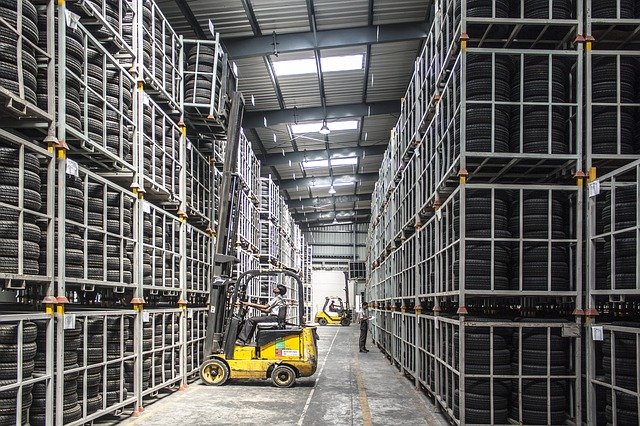Warehouses serve many functions. From storing manufactured goods to packaging products ready for export or distribution, warehouses have so much to offer. Because of this, it’s extremely important that they’re designed to be both functional and aesthetically appealing. Their designs should explicitly reflect your company’s goal and style. So, if you are planning to build a warehouse, here are some design tips to inspire you.
Table of Contents
Location
You really want to make sure that your warehouse is accessible to roads, ports, and airports. While choosing the perfect location, you also want to consider costs and growth possibilities. What’s the objective of your logistic facility? And for what purpose are you building it? Will the location you’ve chosen support the company’s growth strategy and improve the quality level?

Construction
The construction of a warehouse is commonly influenced by factors such as building height, land size, structural complexities, as well as explicit construction requirements. It’s also important to note that aspects like height can influence slab specifications. It can also influence the fire system requirements in the warehouse.
Racking System
Your warehouse’s racking system design will directly affect the picking efficiency, container handling, as well as cross-docking. Because of this, you need to design your warehouse ‘inside out’. What this means is that you need to start by designing the operational storage plus the material handling system before constructing the building itself. Doing this will ensure both operational capacity as well as flexibility.
Door Type
Doors might look simple but they’re a worthy consideration when it comes to warehouse design. Before choosing a door type, you need to consider how often it will function. Will it be utilized for external or internal purposes? Does it require insulation?
Plus, you also want to make sure that it allows for heavy traffic and has safety, as well as, emergency features. Depending on your budget, you can always find the perfect door for your specific needs. The market is flooded with numerous warehouse door designs ranging from ordinary steel to crash doors, aluminum, insulated/non-insulated sectional doors, rolling shutters, and high-speed warehouse doors.
Health and Safety
Health and safety measures need to be incorporated into your warehouse design right from the planning process. And this starts with the location, occupancy, potential hazards, and desired functions/processes of the proposed warehouse.
To effectively balance safe and secure design, you need to use high-quality materials for the frame, the roof, the cladding, and the floors.
Automation
If you opt for automation, then it should be implemented during the design process. And like most aspects of warehouse design, space optimization is extremely important. The facility’s height and column layout are paramount to a successful automation solution.
You may want to incorporate additional into your technology, such as facility design, extending your company’s visibility across the supply chain, as well as, standard operating procedures.
Conclusion
A warehouse isn’t just a place to store or sort products. It also serves as your company’s aesthetic focal point. Thus, before constructing a warehouse, think about its functionality and aesthetic appeal. The above ideas should help you construct the best warehouse for your company. You can also contact Bob Moore Construction Company Dallas for the best warehouse designs. Good luck!

